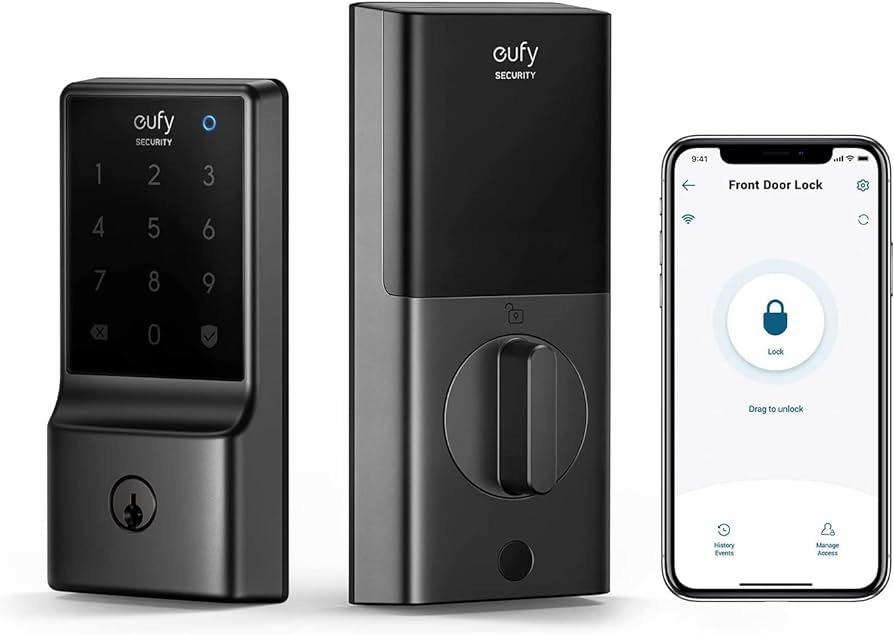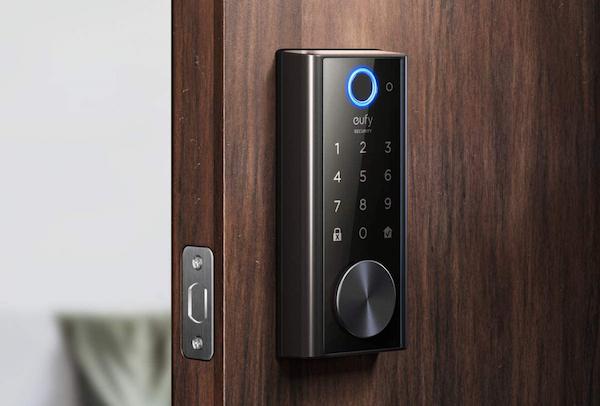Smart locks are becoming increasingly popular for their convenience and enhanced security features. However, understanding how these devices are powered and what to do when their batteries drain is crucial for maintaining their functionality. This comprehensive guide will explore how smart locks get power, what actions to take if the battery runs out, and answer some frequently asked questions about smart locks.

What Are Smart Locks?
Smart locks are advanced locking systems that offer enhanced security and convenience compared to traditional locks. These devices integrate with your home automation system and provide various features, allowing for remote control and monitoring of your door locks. Here are some key features of smart locks:
· Remote Access: Allows you to lock or unlock your door from anywhere using a smartphone app.
· Keyless Entry: Uses PIN codes, Bluetooth, or biometric authentication (fingerprints) instead of traditional keys.
· Integration: Can be integrated with other smart home devices and systems, such as security cameras, alarm systems, and voice assistants (e.g., Alexa, Google Assistant).
· Activity Logs: Keeps a record of who enters and exits your home, and at what times.
· Temporary Access: Provides temporary or one-time access codes for guests, service providers, or delivery personnel.
· Notifications: Sends alerts to your smartphone for various events, such as door unlock/lock, failed access attempts, and low battery warnings.
Benefits of Smart Locks
Smart locks offer numerous advantages that make them an appealing choice for modern homes and businesses. These benefits go beyond traditional locking mechanisms, providing enhanced security, convenience, and integration with other smart devices.
· Convenience: No need to carry keys; unlock your door with your smartphone, PIN code, or biometric data (fingerprint).
· Remote Access: Lock or unlock your door from anywhere using a smartphone app, ideal for letting in guests or service providers when you’re not home.
· Enhanced Security: Advanced encryption methods protect against picking and hacking, while activity logs track who enters and exits.
· Integration with Smart Home Systems: Works seamlessly with other smart devices, such as security cameras, alarm systems, and voice assistants (e.g., Amazon Alexa, Google Assistant).
· Temporary Access Codes: Create and share temporary or one-time access codes for guests, cleaners, or delivery personnel.
· Notifications and Alerts: Receive real-time alerts for door activity, failed access attempts, and low battery warnings on your smartphone.
· Customizable Access: Easily manage and customize access levels for different users, such as family members, friends, or employees.
· Automatic Locking: Set your smart lock to automatically lock after a specified period or when you leave your home, enhancing security.
· Activity Monitoring: Keep track of who enters and exits your home with detailed activity logs, providing peace of mind and enhanced security oversight.
How Do Smart Locks Get Power

Smart locks primarily rely on batteries for power, but there are various power options and considerations to keep in mind.
Battery-Powered Smart Locks
· Common Power Source: Most smart locks are powered by AA or AAA batteries. These batteries are easy to replace and readily available.
· Battery Life: Depending on the brand and usage, smart lock batteries can last anywhere from six months to a year.
· Battery Indicators: Many smart locks come with low battery indicators. These alerts notify you when it’s time to replace the batteries.
Hardwired Smart Locks
· Direct Power Supply: Some smart locks can be hardwired into your home’s electrical system. This setup ensures a constant power supply without the need for frequent battery replacements.
· Backup Batteries: Even hardwired smart locks often have backup batteries to ensure functionality during power outages.
Solar-Powered Smart Locks
· Eco-Friendly Option: A few smart lock models come with solar panels. These panels charge the lock’s batteries using sunlight, reducing the need for frequent battery changes.
· Dependability: Solar-powered locks are ideal for locations with ample sunlight exposure.
What to Do If the Smart Lock Battery Drains
Knowing what to do if your smart lock’s battery drains can save you from potential lockouts and maintain the security of your home.
Replacing the Batteries
Accessing the Battery Compartment: Most smart locks have easily accessible battery compartments. You typically need to remove the cover plate to access the batteries.
Using Backup Keys: Many smart locks come with traditional keys as a backup. Keep these keys in a secure place to use when the batteries are dead.
Using External Battery Packs
Temporary Power: Some smart locks are equipped with external battery terminals. You can use a 9V battery to provide temporary power to the lock, allowing you to unlock the door and replace the internal batteries.
Portable Chargers: Portable battery chargers can also be used to give your smart lock a temporary boost.
Professional Assistance
Locksmith Services: If you’re unable to access your smart lock due to a dead battery and lack of backup options, contacting a professional locksmith can be a viable solution.
Manufacturer Support: Reaching out to the smart lock’s manufacturer can provide specific instructions and support for battery replacement or emergency access.
Conclusion
Smart locks offer a blend of convenience and security, but understanding how they get power and what to do when the battery drains is essential. Most smart locks use batteries, while some can be hardwired or solar-powered. Regular battery maintenance and having backup options can prevent lockouts and ensure your smart lock continues to function effectively. By being prepared and informed, you can enjoy the benefits of smart locks without interruptions.
FAQ
How do smart locks work when power is out?
Smart locks with backup batteries continue to operate during power outages. For those without backup batteries, traditional key overrides or external battery packs can be used to access the lock.
How long do batteries last in smart locks?
Battery life in smart locks varies by brand and usage but typically lasts between six months to a year. Regular usage, connectivity features, and environmental factors can impact battery longevity.
